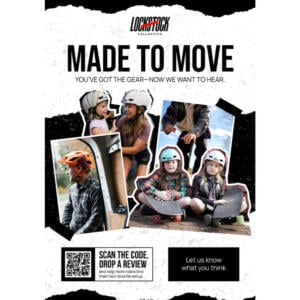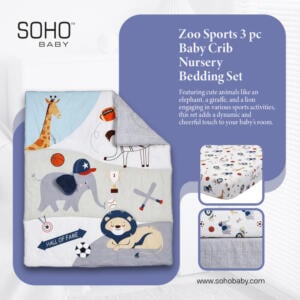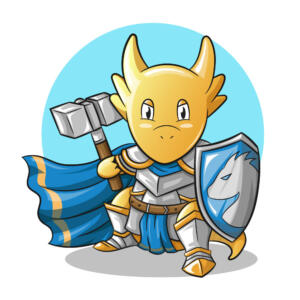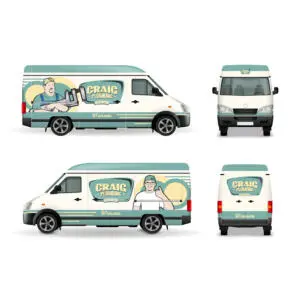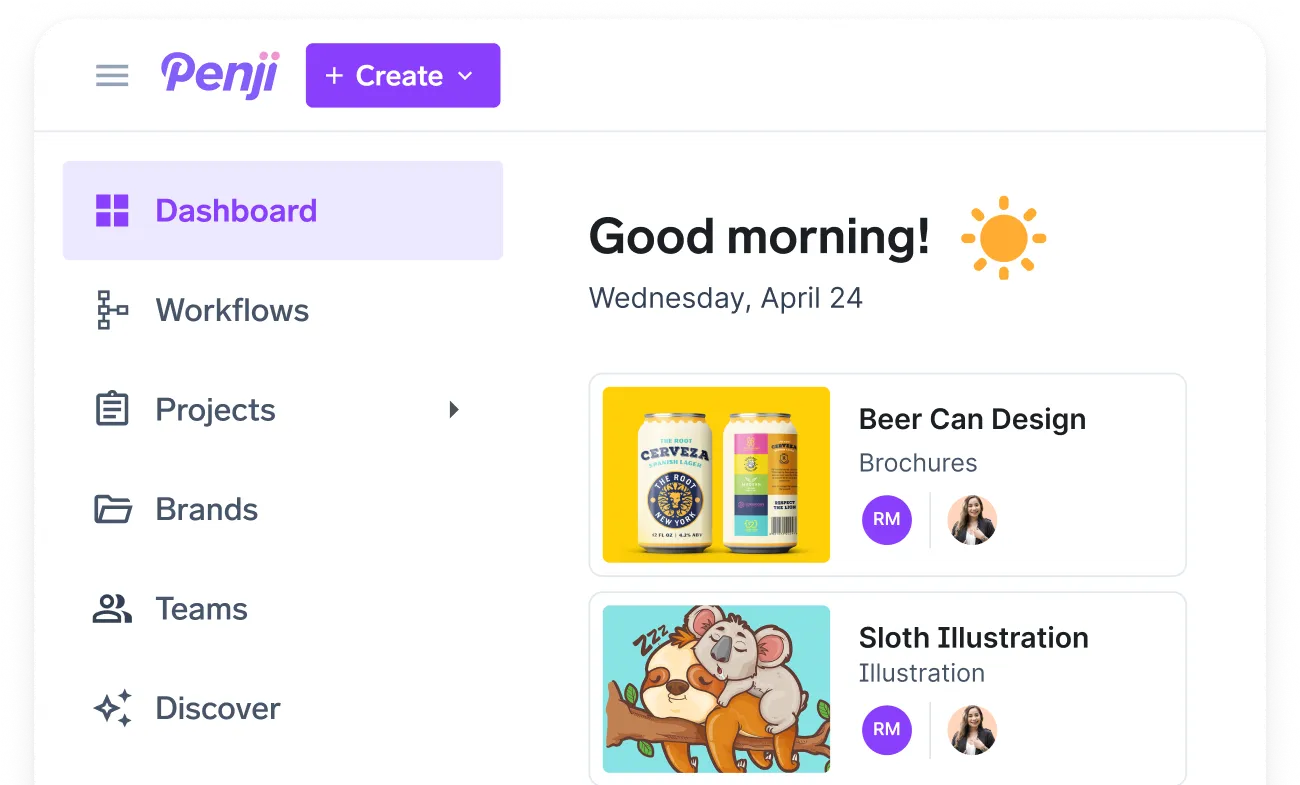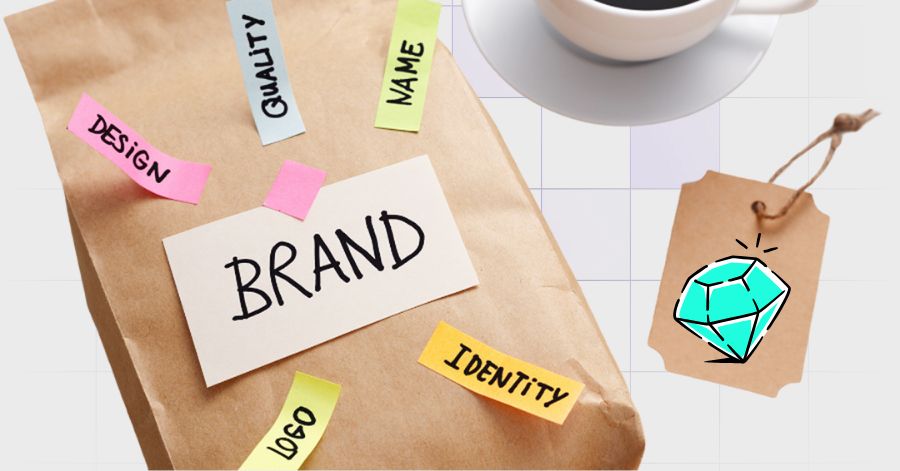
Introduction
Did you know that 75% of people judge a company’s credibility based on its design? That means the way your business looks its logo, colors, fonts, and overall style can shape a customer’s opinion before you even say a word. That’s the power of branding and design.
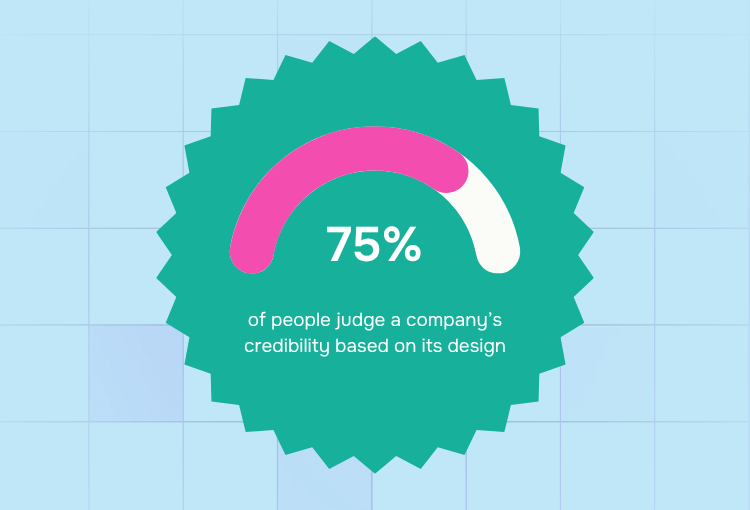
When your branding is strong and your design is clear, you create an instant sense of trust. People recognize your business, remember you, and are more likely to choose you over the competition. On the other hand, if your visuals are inconsistent or confusing, customers might feel uncertain about working with you.
The good news? You don’t need to be a design expert to improve your brand. You just need to know the right steps to take and how to apply them to your business. In this article, you’ll learn 10 practical, beginner-friendly tips to strengthen your branding and design so your business can make a lasting impression.
What is Brand Design?
Brand design is the visual side of your brand identity. It’s how you communicate your business’s personality, values, and message through visuals. This includes your logo, color palette, typography, imagery, and layout style.
The goal of brand design is simple: make your business recognizable and appealing to your target audience. A strong brand design ensures that no matter where people see your business on social media, a product label, a website, or an advertisement they instantly connect it to you.
Here’s what makes up brand design:
- Logo: Your main visual symbol.
- Colors: The palette that represents your mood and tone.
- Typography: Fonts that match your personality.
- Imagery: Photos, icons, and graphics that fit your message.
- Layout style: The way you organize and present information visually.
When you get your brand design right, you make every interaction with your audience feel familiar and professional. It’s the visual foundation that supports your overall creative design strategy.
1. Understand the Difference Between Branding and Design

Before you start making changes, it’s important to know the difference between the two.
Branding is your business’s personality. It’s how you communicate your values, tone, and message to your audience.
Design is how you visually express that personality through your logo, colors, layouts, and other visuals.
Both are connected, but they serve different purposes. If branding is the voice, design is the appearance. A company can have beautiful graphics but fail to connect if its brand identity is unclear. Likewise, a strong brand message can be held back by poor design.
Tip: Look at your business from both sides. Ask yourself: “Does my brand tell a clear story?” and “Do my visuals match that story?”
2. Keep Your Brand Consistent Across All Platforms
Consistency builds recognition. When customers see the same colors, fonts, and style on your website, social media, and packaging, they start to remember your brand.
A Marq Review found that consistent branding can increase revenue by up to 23%. That’s because people trust what they recognize.
Here’s how to stay consistent:
- Use the same color palette everywhere.
- Stick to 2–3 main fonts for your brand materials.
- Follow the same tone of voice in your writing, whether it’s on your website or in an email.
Even small details matter. For example, if your Instagram uses bright, playful designs, your website shouldn’t be plain and formal. Keep the feel aligned.
3. Focus on Simplicity in Design

When it comes to branding and design, less is often more. A simple, clean design is easier for customers to understand and remember.
Here’s what you can do:
- Avoid using too many colors or fonts.
- Make sure your logo is easy to read at any size.
- Use plenty of white space so your designs don’t feel crowded.
Think about brands you know well. Many of them use very simple designs that have stayed the same for years. This helps customers instantly recognize them.
4. Use Quality Images and Graphics
Visuals are a big part of how people see your business. Low-quality images can make even a great product look less appealing. If you want to make a strong impression, invest time in finding or creating high-quality visuals.
You can work with professional creative teams, hire experts, or use reputable stock photo sites. Just make sure your images reflect your brand style and feel natural, not forced.
For example, if your brand is modern and minimal, your images should match that look clean lines, neutral colors, and uncluttered compositions.
5. Tell Your Story Through Branding Services

Your brand is more than a logo it’s the story you tell. People connect with businesses that feel human and relatable.
Good branding experts help you define and share your story in a way that attracts the right audience. This might include:
- Crafting a brand mission that speaks to your values.
- Writing a brand message that’s simple and memorable.
- Creating visuals that reflect your unique personality.
When your brand’s story is clear, every design choice you make colors, images, layouts will feel more purposeful.
6. Make Your Logo Work Hard for You
Your logo is often the first thing people see. A good logo is simple, versatile, and instantly recognizable.
A strong logo should:
- Look good in black and white as well as color.
- Scale well from small sizes (like on a business card) to large ones (like on a billboard).
- Match your brand’s personality fun, professional, bold, elegant, etc.
If you feel your current logo doesn’t represent your brand well, consider updating it. Even small tweaks can make it more modern and aligned with your branding package.
7. Prioritize User-Friendly Design

Branding isn’t just about how things look it’s also about how they work. If your website or app is confusing, customers may leave before learning about your business.
To create user-friendly design:
- Keep navigation simple.
- Make sure text is easy to read with clear fonts and good contrast.
- Use layouts that guide the eye naturally through the content.
When design is both beautiful and functional, customers are more likely to stay and explore your custom creative solutions.
8. Adapt Your Branding and Design for Different Formats
Your branding needs to work everywhere on social media, in print, on websites, and even on products. This means your design should be flexible enough to adapt without losing its identity.
For example:
- Your logo should work in both horizontal and vertical layouts.
- Your color palette should include shades that work on light and dark backgrounds.
- Your designs should be easy to resize without losing quality.
Flexibility helps you keep a strong, consistent brand no matter where it appears, and a creative design agency can help ensure that happens.
9. Stay Updated Without Losing Your Core Identity

Trends in design change quickly. While it’s good to keep your brand feeling fresh, you shouldn’t change everything just to follow the latest look.
Instead:
- Update small elements like typography or background patterns.
- Refresh your imagery with more current photos.
- Adjust your layouts for better mobile use.
Keeping your brand current shows customers you care, but keeping your identity consistent shows them you’re reliable a balance you can maintain with the help of branding specialists.
10. Test, Get Feedback, and Improve
Branding and design aren’t set in stone. It’s okay to test different ideas, ask for feedback, and make improvements over time.
You can:
- Run polls on social media to see which designs people prefer.
- Ask customers for honest feedback about your website or materials.
- Track engagement to see if changes make a difference.
The more you learn from your audience, the better you can shape your branding to connect with them something that freelance creative designers can help you explore.
Conclusion
Strong branding and design can transform the way people see your business. By paying attention to your brand’s identity, keeping your visuals consistent, and making smart design choices, you can create a look and feel that builds trust and recognition.
You don’t have to do everything at once start with one or two tips from this list and expand over time. Your brand will grow stronger with every thoughtful change you make.
If you want to explore more creative solutions, you can check out this resource for inspiration and ideas.
FAQs
1. What is the biggest benefit of good branding and design?
The biggest benefit of strong branding and design is that it builds trust with your audience. When your visuals and message work together, people are more likely to remember your business and see it as professional. Consistent branding and design also make your business stand out in a crowded market.
2. Do I need both branding and design to succeed?
Yes, you need both branding and design because they work hand in hand. Branding defines your business’s personality and values, while design visually communicates them to your audience. Without both, your message can feel incomplete or unclear.
3. How can I keep my branding consistent?
You can keep your branding and design consistent by using the same colors, fonts, and style across all your platforms. This includes your website, social media, print materials, and packaging. Consistency helps your audience recognize you instantly.
4. Should I follow design trends?
You can follow design trends as long as they fit your brand’s core identity. Branding and design should reflect your unique personality first, with trends used to keep things fresh. If you chase every trend, you risk losing the consistency that builds recognition.
5. Can professional services help my brand?
Yes, working with professional branding services or graphic design services can give you a polished and cohesive look. Experts can help align your branding and design with your goals, making sure your message is clear and visually appealing. This can save you time and avoid costly design mistakes.
About the author

Je Ann Bacalso
Je Ann is a creative content writer who crafts engaging, SEO-friendly articles and web copy. With a passion for storytelling and a sharp eye for detail, she delivers clear, compelling content that connects with readers.
Table of Contents
- Introduction
- What is Brand Design?
- 1. Understand the Difference Between Branding and Design
- 2. Keep Your Brand Consistent Across All Platforms
- 3. Focus on Simplicity in Design
- 4. Use Quality Images and Graphics
- 5. Tell Your Story Through Branding Services
- 6. Make Your Logo Work Hard for You
- 7. Prioritize User-Friendly Design
- 8. Adapt Your Branding and Design for Different Formats
- 9. Stay Updated Without Losing Your Core Identity
- 10. Test, Get Feedback, and Improve
- Conclusion
- FAQs



